This U.S. State Has a Stargazing Route That Connects 2 International Dark Sky Parks and Starry Small Towns — and It's the 'Starry-est Route in America'
You can go miles without seeing a gas station — but the stars along this route in Nevada are constant and bright.
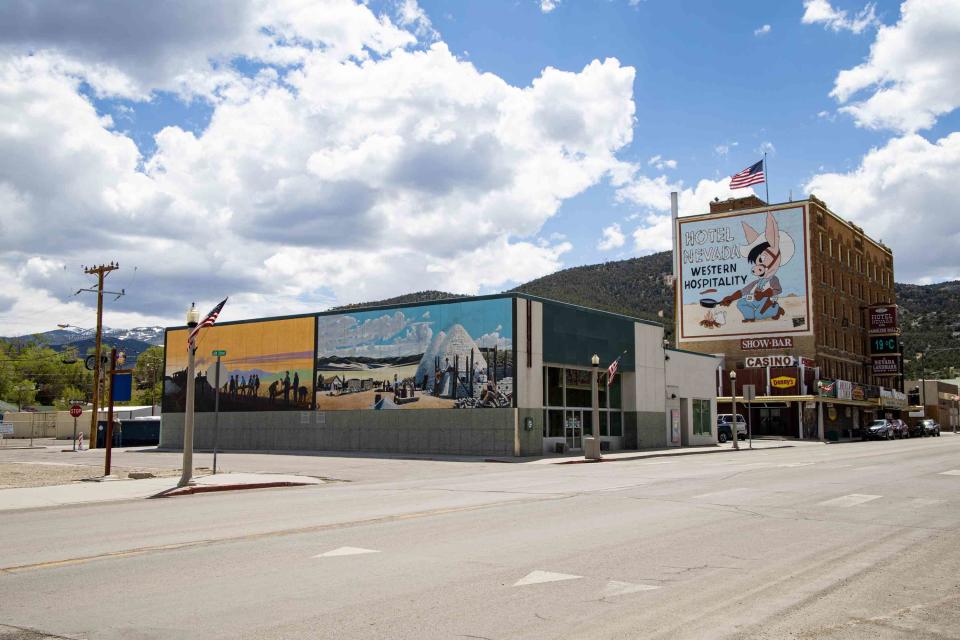
Mariah Tyler/Travel + Leisure
When it comes to stargazing, there are two elements that are considered ideal: a high altitude and a remote locale unaffected by light pollution. These are two things that the state of Nevada has in spades. Other than Las Vegas and Reno, Nevada is largely made up of small towns and open space — and thanks to a myriad of mountain ranges, the elevation of the state tends to be high.
Perhaps that’s why Nevada launched their first official astronomy route: Park to Park in the Dark. The 5-hour, 300-mile journey connects two International Dark Sky Parks via a belt of extremely rural, naturally dark-sky towns. According to the National Park Service (NPS), the route is "the starry-est route in America."
Pro Tip
"Much of the land is federally owned (Bureau of Land Management) so if you're into camping you can pull off in spots to pitch a tent or explore, take precautions, and be prepared for this. Fill up on gas in town — there are no off-the-highway spots to stop."
— Mariah Tyler, T+L Associate Visual Director
The start and end point of the route is the Nevada side of Death Valley National Park and Great Basin National Park in the eastern central part of the state. You can start and end the drive in either park, but for this itinerary, we’re starting in Great Basin National Park and heading west.
As you drive the remote US-95 and US-6 highways between the two parks, you’ll pass through just five small towns. These communities are far from big city lights and are in a very remote part of the state. So keep in mind that you can go for miles without seeing a gas station or bathroom, and cell service can be nonexistent for long stretches of highway. There are also wild horse herds, elk, coyote, and deer along the road, so keep an eye out — especially at night. And since this part of Nevada can be hot and dry, it is a wonderful drive to do in the fall, when temperatures have started to cool.
Great Basin National Park
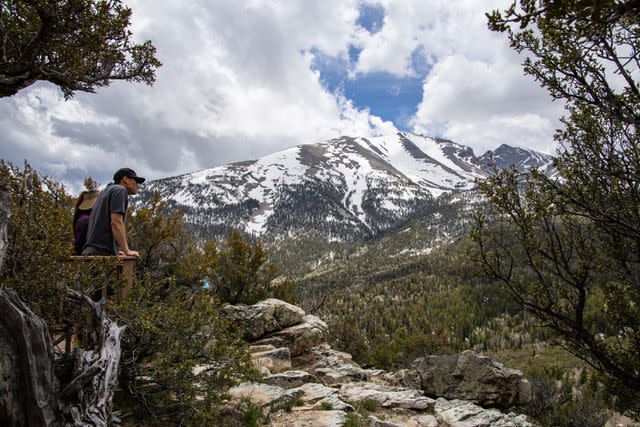
Mariah Tyler/Travel + Leisure
According to the NPS, “Great Basin National Park is home to some of the darkest skies in the lower 48 states.” In fact, you can basically stand anywhere in the park, look up, and be treated to a smattering of stars most people only see once in a lifetime. The park boasts regular sightings of the Andromeda Galaxy or the Earth’s neighboring planets — Jupiter, Saturn, or Mars. In the winter, visitors are often treated to views of the Pleiades open star cluster and the Orion constellation.
As we noted, you don’t have to try hard to see the stars at Great Basin National Park, but there are a few areas that have proved popular with astronomers and stargazers. Two solid options are the Astronomy Amphitheater near the Lehman Caves Visitor Center (which often has telescope viewing) and the Mather Overlook along the Wheeler Peak Scenic Drive. The park has five campgrounds, including Wheeler Peak Campground, which sits at 10,000 feet.
Baker, Nevada
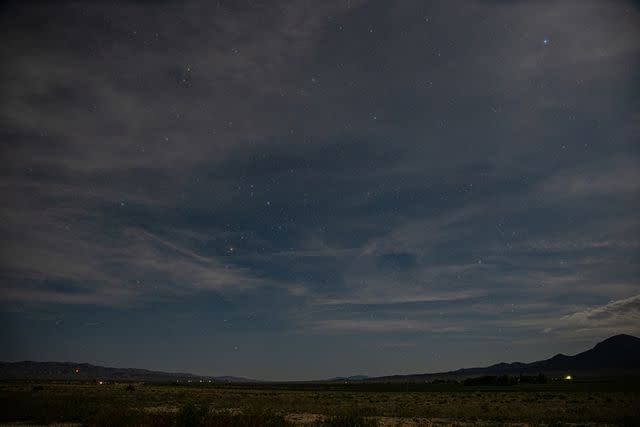
Mariah Tyler/Travel + Leisure
The first town you’ll come to when you leave Great Basin National Park is Baker, a tiny community of just 36 people, according to the 2020 census. The community may be minuscule, but the night sky views are massive. Just north of downtown Baker, you’ll find the Baker Archaeological Site, which offers spectacular views of the Milky Way and is conveniently en route to your next destination.
If you’re passing through Baker on a Saturday, swing by the Snake Valley Farmers Market, which runs weekly from June through October and once monthly for the rest of the year.
Ely, Nevada
The community of Ely is particularly beautiful in the fall when the trees are painted gold, orange, and red in preparation for winter. Beyond the bike and ATV trails surrounding the town are two noteworthy stargazing spots. The first is set within Ward Charcoal Ovens State Historic Park, which protects a series of beehive-shaped ovens built in the 19th century, and the second is Cave Lake State Park, which is wonderfully removed from any light pollution and is set at an elevation of 7,300 feet.
Those looking for a drive within a drive should complete the 38-mile Success Loop Scenic Drive, a high-elevation route with mountain views and aspen trees.
Tonopah, Nevada
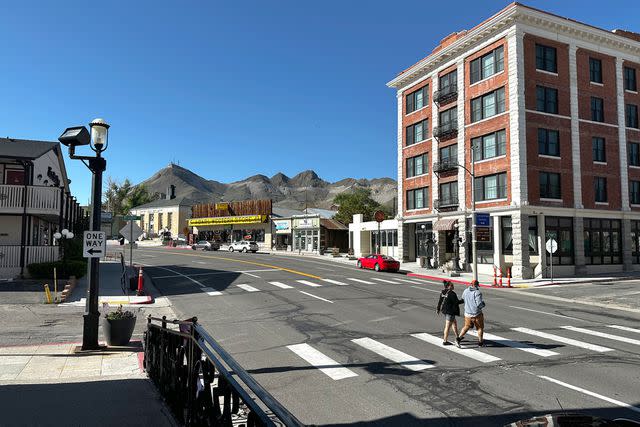
Mariah Tyler/Travel + Leisure
The drive between Ely and Tonopah can be long and lonely, so make sure to leave with a full tank of gas and plenty of food and water. But you’ll forget all about the drive when you arrive in Tonopah, which has its own designated stargazing park just off Highway 95. It’s a great place to set up your telescope, set out a picnic, and wait for the stars to arrive. There are also “star parties” twice monthly through the end of October.
Goldfield, Nevada
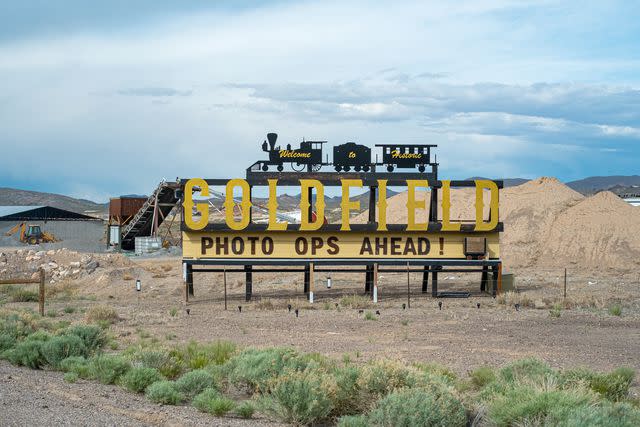
Mariah Tyler/Travel + Leisure
Just south of Tonopah is the historic mining town of Goldfield. Good stargazing spots include Diamondfield and Gold Point, two ghost towns that were abandoned when the mines stopped producing. Now, their human-free streets provide a great place for stargazing.
Beatty, Nevada
The gateway to Death Valley State Park (on the Nevada side) is Beatty, a quiet community that’s surrounded by public lands. All that open space is ideal for stargazing. Your best bet is to hop on your bike or lace up your shoes and hop on the miles and miles of dirt roads and trails. Another great option is to visit Rhyolite, an old ghost town just west of Beatty.
Death Valley National Park
The skies in Death Valley National Park are so dark that the park is actually considered a “gold tier” International Dark Sky Park, the organization’s highest rating. In the fall, winter, and spring there are ranger-led astronomy programs, but you can stargaze on your own any time of day and year — the park is open 24/7.
According to the national park site, their team of rangers recommends the following locations for stargazing: Mesquite Flat Sand Dunes, Harmony Borax Works, Badwater Basin, and Ubehebe Crater. There are five developed campgrounds in the park, but most close during the hot summer season (May to September).
For more Travel & Leisure news, make sure to sign up for our newsletter!
Read the original article on Travel & Leisure.

